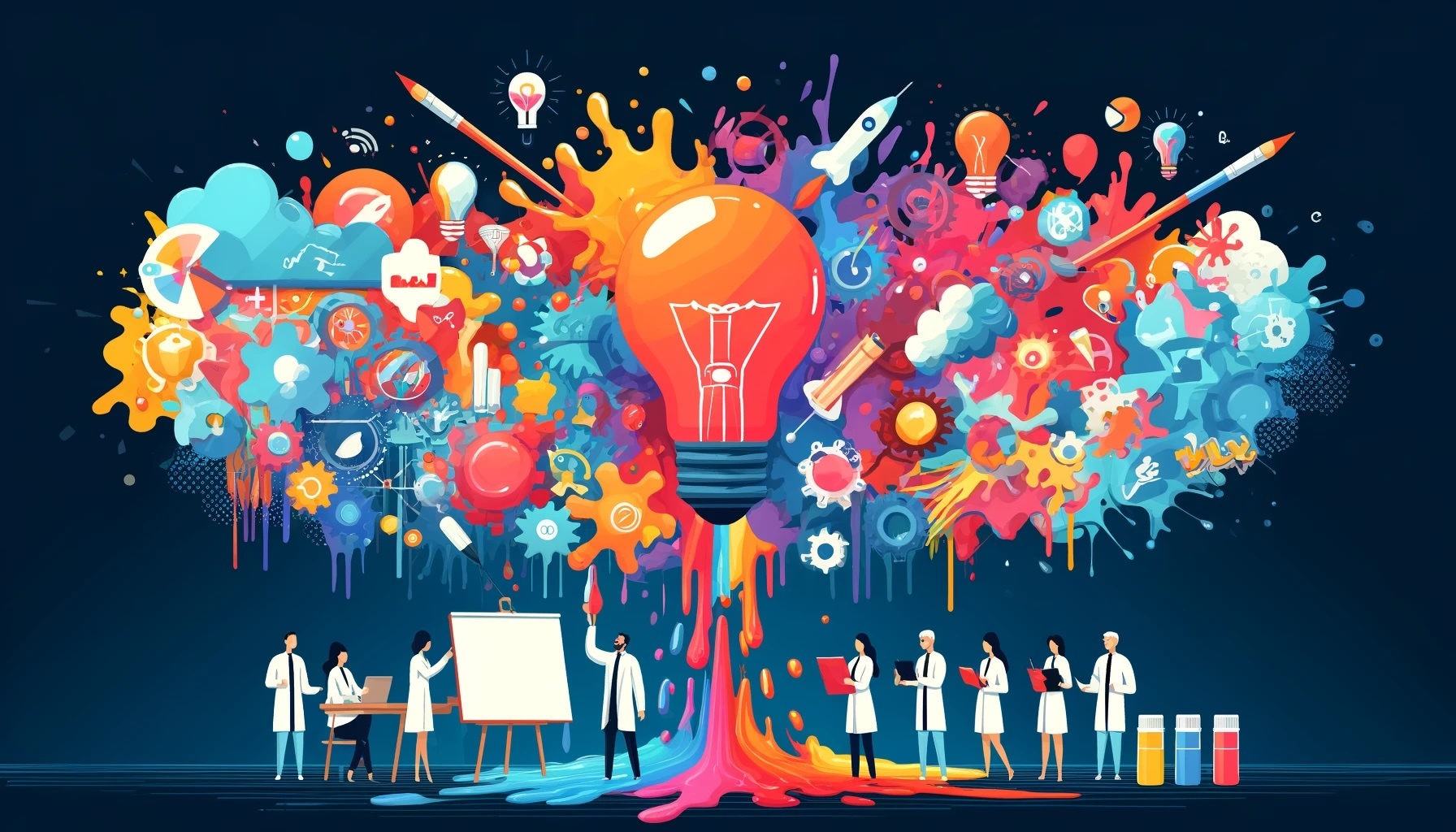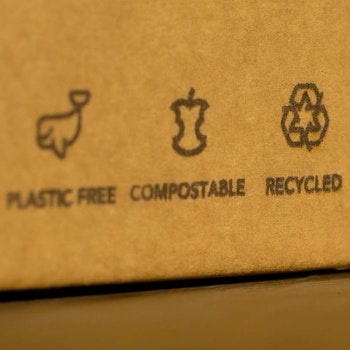
As a behavioral scientist at Ogilvy, I've had the privilege of working on challenges for over 80 of the world's major brands and organizations since the practice started in 2012. One of the key things I've learned in that time is that real-world problems are inevitably messy and complex. Much as we might wish it, people are not purely rational agents. They are, as they say in the airline industry, "cargo but with legs and minds." You can't simply chop a thorny problem into small, logical pieces, optimize each one, and put it back together expecting the result to match reality.
Instead, I've come to believe that the key is to embrace that inherent messiness and use a potent combination of rigorous scientific thinking and uninhibited creative thinking to find solutions. Behavioral science provides an exceptionally helpful map of the human mind and the many levers we can potentially pull to change behavior. But we have to accept that we don't know ahead of time which specific lever will be the right one to pull for any given challenge. That's where creativity and a willingness to test come in.
When we work on a client brief in our practice, we use a structured brainstorming process to attack the problem from many angles. We'll take different psychological principles like social proof, scarcity, anchoring and so on, and exhaustively generate ideas for each one. This process allows us to creatively explore the problem space much more fully than traditional approaches. We'll come up with lots of ideas, including many that seem a bit crazy or non-intuitive at first glance. But the reality is you never quite know which concept will actually work until you get out of the conference room and test it in the real world.
For instance, we ran an experiment for KFC aimed at increasing sales of their $1 chips (french fries for any American readers). The constraints were that we couldn't change anything about the core product or price, only how the promotional offer was framed. So we generated around 90 different ideas based on various behavioral principles. Some leaned on social proof - "these chips are flying off the shelves!" Some used scarcity and loss aversion - "this offer ends next week, don't miss your chance!" But fascinatingly, the winning variant ended up being a simple "anchoring" message we put on the promotional posters: "Maximum 4 per person." Merely elevating that purchasing limit detail from the fine print to the main copy was enough to make a significant difference in total sales.
When we work on a client brief in our practice, we use a structured brainstorming process to attack the problem from many angles. We'll take different psychological principles like social proof, scarcity, anchoring and so on, and exhaustively generate ideas for each one. This process allows us to creatively explore the problem space much more fully than traditional approaches. We'll come up with lots of ideas, including many that seem a bit crazy or non-intuitive at first glance. But the reality is you never quite know which concept will actually work until you get out of the conference room and test it in the real world.
In another project, we partnered with a major UK charity called Christian Aid that had seen years of declining donations. We ran a massive randomized controlled trial testing different messages and designs on their physical donation envelopes that get distributed to people's homes. To our surprise, we found that simply changing the envelope orientation from landscape to portrait led people who donated to give more money on average, perhaps because the vertical format felt more secure or "official." It just goes to show, there are often big opportunities hiding in places no one has thought to look because they seem too obvious or trivial. Could this solution have ever been found through more conventional methods?
Now, all this focus on testing does require being comfortable with uncertainty for longer than most of us are used to in the world of business. It's a skill known as "cognitive closure" - the ability to hold that window of considering a problem open and sit with the discomfort of an undefined solution. But it's so important to cultivate that mindset, because the results of this approach are often wildly disproportionate to the investment required. For example, we found that changing one sentence in a call center script to include a positive prime - asking people why they signed up in the first place instead of why they want to cancel - reduced customer churn by a whopping 8%, equating to millions in retained revenue. Small, inexpensive changes can have outsized impacts if you find just the right psychological lever to pull.
So while I absolutely believe in the "science" part of behavioral science and using rigorous frameworks, I think creativity is an equally essential ingredient. The reality is we may not ever be able to perfectly predict human behavior. But by embracing the messiness, exploring problems laterally, and rapidly testing our ideas, we can uncover hidden keys to changing it. The organizations that figure out how to blend that rigorous thinking with creative intuition and a spirit of experimentation will have a major advantage in the years ahead. And they'll have a lot more fun along the way.
If you enjoyed this blog, listen to the podcast with Dan here.






